20th September 2015: A personal account of today’s trip.
With Paul Brock. Also Caroline Allen, Dave Fear and Duncan Simey.
After a trip down to Draycott, then return hame to deliver eggs and do some prep for today’s trip made my way up to Wigmore Farm. The others were already there so quickly changed and headed over the fields to the cave entrance.
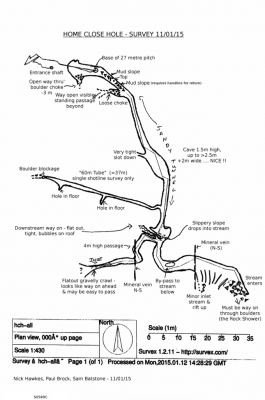
Survey above as Published in the Wessex Cave Club Journal.
Paul set off to rig the pitch while I followed on, Duncan helped to carry a bag into the cave for me. While Paul and myself went on to the dig site the others went for a tour around the rest of the cave.
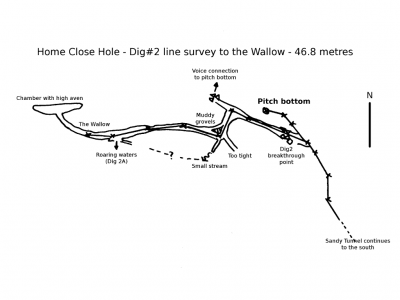
Survey of the crawl along to the dig (Roaring Waters) by Nick Hawkes, et. al.
Got to the end of the crawl (it hasn’t got any less squalid) and drilled 6no. holes, charged and retired laying out the wire. Back at the pitch there were still people on the rope so went for a tour around the cave with Paul to pass the time. Eventually we returned to the pitch Paul went up the rope and I completed the task in hand – a fine resounding echo! Up the pitch and out of the cave. After securing the entrance we left for refreshments and a natter at the Queen Vic.



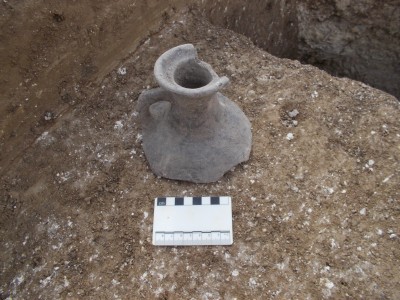
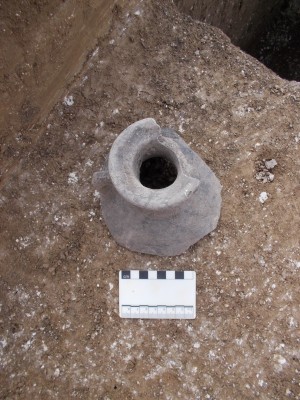
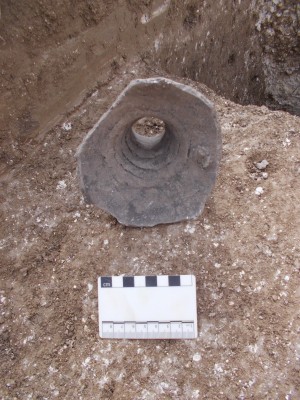



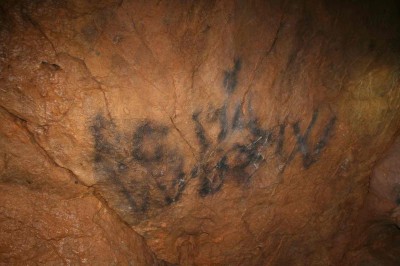
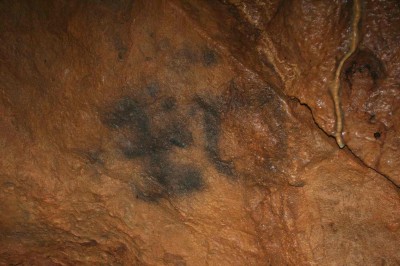
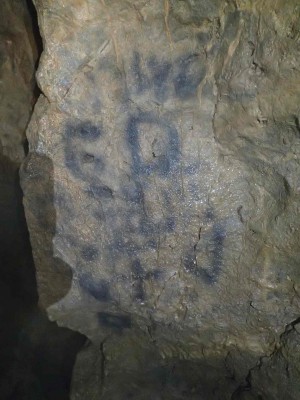
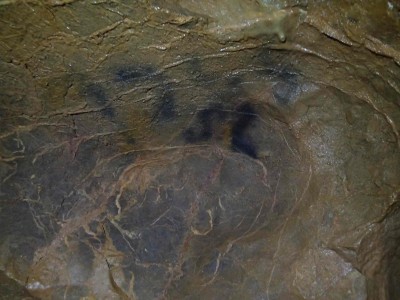



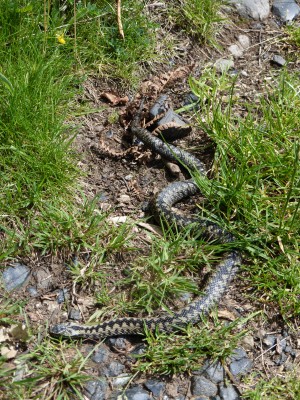
 Fiddington is a village about 9 miles west of Bridgwater off the Minehead road. At the church in the village is found a Sheila-na-gig. The only other site in Somerset where these carvings are recorded is at Wells Cathedral, where there are two on roof bosses in the west cloister. They are more commonly found in Ireland and it has been suggested there are links to Celtic Christian influences. The Sheila-na-gig is located at the south-east corner of the nave wall about 2.8 metres above ground level. It is carved into a sandstone block and is thought to be 11th-12th C.
Fiddington is a village about 9 miles west of Bridgwater off the Minehead road. At the church in the village is found a Sheila-na-gig. The only other site in Somerset where these carvings are recorded is at Wells Cathedral, where there are two on roof bosses in the west cloister. They are more commonly found in Ireland and it has been suggested there are links to Celtic Christian influences. The Sheila-na-gig is located at the south-east corner of the nave wall about 2.8 metres above ground level. It is carved into a sandstone block and is thought to be 11th-12th C. 